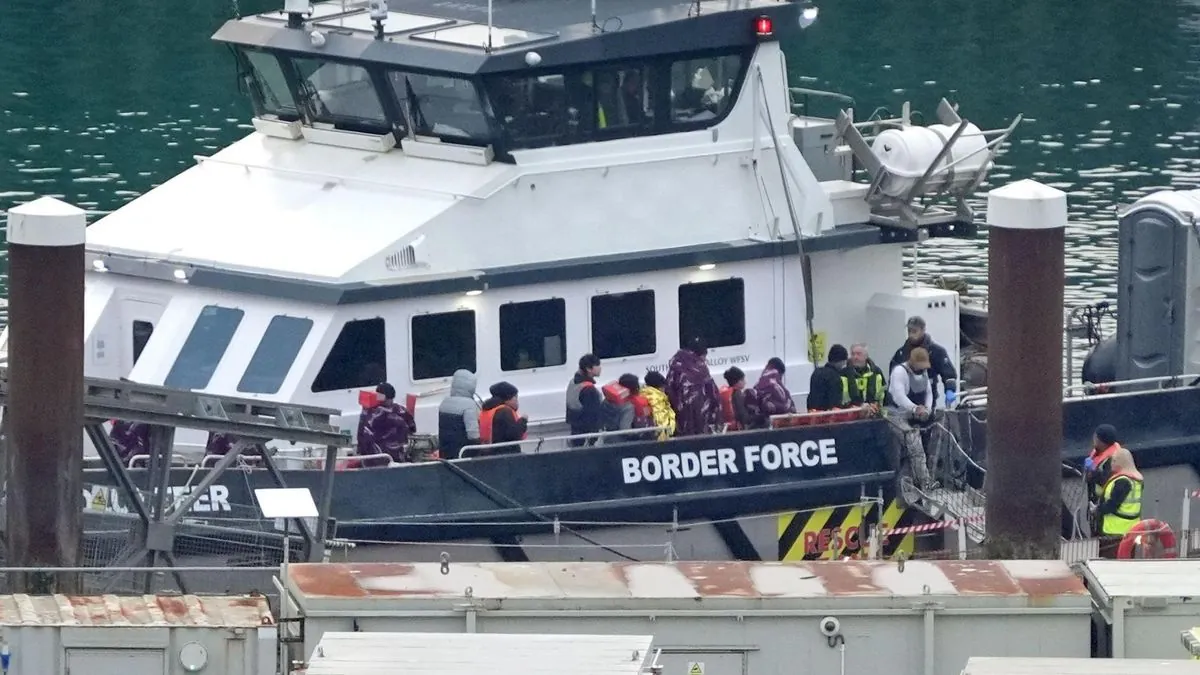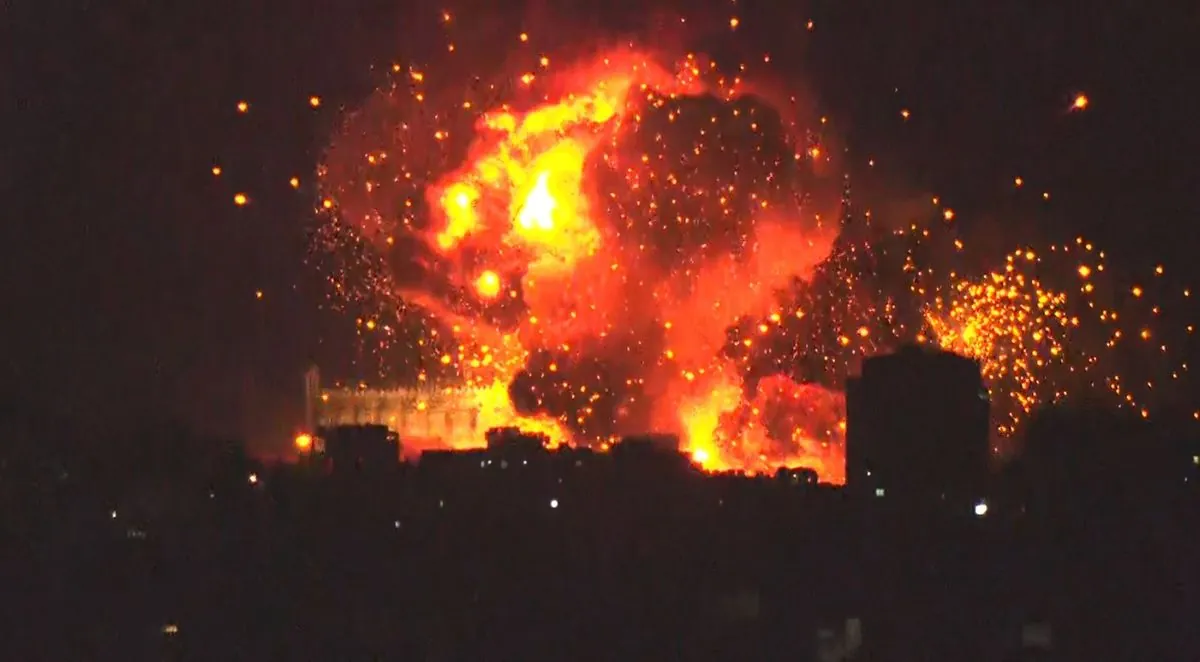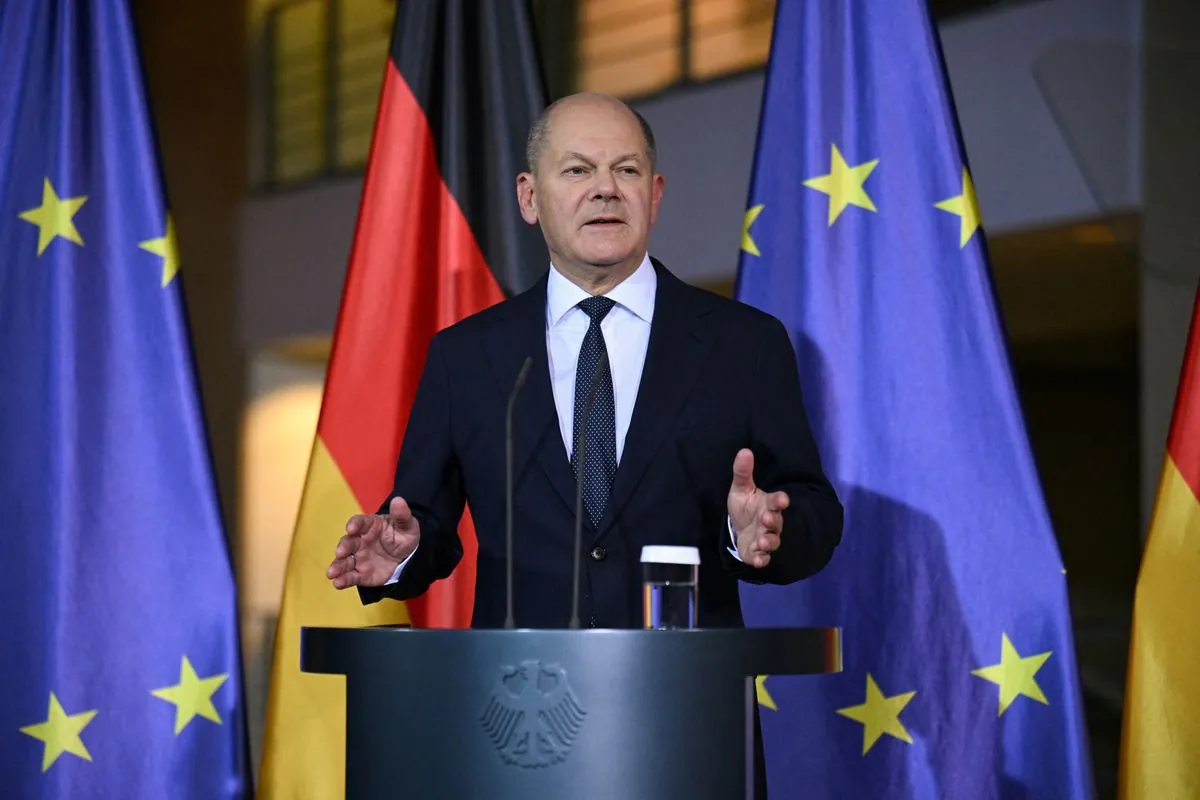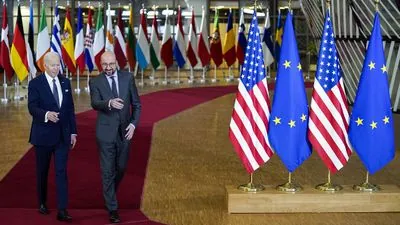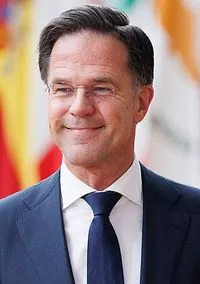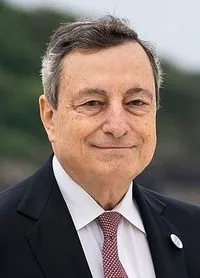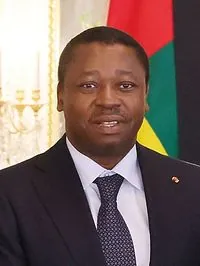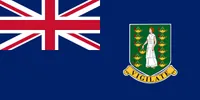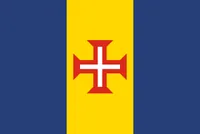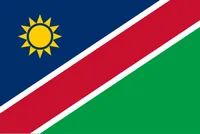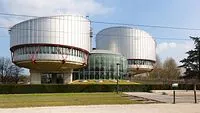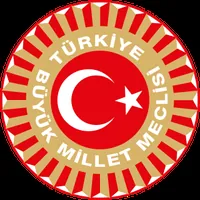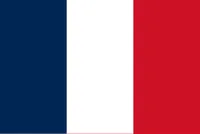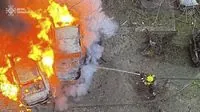Kharkiv
Kharkiv, also known as Kharkov, is the second-largest city in Ukraine. Located in the northeast of the country, it is the largest city of the historic region of Sloboda Ukraine. Kharkiv is the administrative centre of Kharkiv Oblast and Kharkiv Raion. It has a population of 1,421,125.
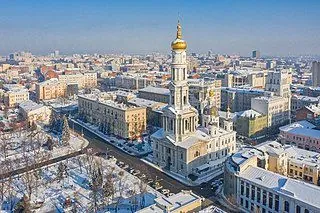
Some of the key events about Kharkiv
- 1654The city of Kharkiv was founded as a fortress to protect the southern borders of the Russian Empire
- 1805Kharkiv University, one of the oldest universities in Eastern Europe, was established
- 1869The first railway line connecting Kharkiv to Moscow was opened
- 1919The city was captured by Bolshevik forces during the Ukrainian-Soviet War
- 1930The Kharkiv Tractor Plant, one of the largest in Europe, began production
- 1932Kharkiv suffered greatly during the Holodomor, a man-made famine that killed millions
- 1935The Kharkiv Metro, the second oldest in Ukraine, started operations
- 1940The Kharkiv Aviation Institute was founded, becoming a leading aerospace education center
- 1941Nazi Germany occupied Kharkiv during World War II
- 1942Tens of thousands of Jews were murdered in the Drobytsky Yar massacre
- 1943The city was severely damaged during four battles between Soviet and German forces
- 1975The Kharkiv State Academic Opera and Ballet Theater opened its new modern building
- 1995A major fire destroyed the Kharkiv Opera and Ballet Theater
- 1996Kharkiv hosted the European Weightlifting Championships
- 2010Metalist Stadium in Kharkiv was renovated to host UEFA Euro 2012 matches
- 2014Pro-Russian protests and clashes occurred in the city during the Ukrainian revolution
- 2015A bomb explosion at a rally in Kharkiv killed four people and injured many others
- 2017Kharkiv hosted the 2017 World Fencing Championships
- 2022Russian forces heavily shelled and partially occupied Kharkiv during the Russian invasion of Ukraine
- 2023Continued Russian missile and drone attacks caused significant damage to civilian infrastructure
Disclaimer: This material is written based on information taken from open sources, including Wikipedia, news media, podcasts, and other public sources.
Kharkiv Latest news

Secret underground lab: How Ukraine's drone wizards outsmart Russian forces
Hidden beneath Ukrainian soil tech-savvy engineers work non-stop to upgrade military drones. Their innovative solutions help compensate for troops shortage while keeping soldiers away from direct combat
Politics, Science • December 1 2024 , 05:48 AM • 7747 views
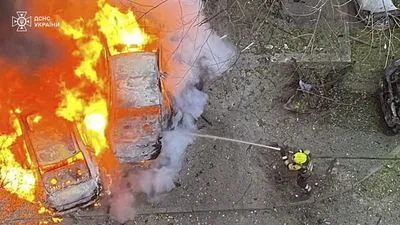
US gives green light to Ukraine's missile strikes on Russian soil - what's next?
Biden allows Ukraine to use ATACM missiles against targets in Russiaʼs Kursk region where North Korean forces are present. This decision comes as Trumpʼs potential return to White House draws closer
Politics • November 17 2024 , 10:52 PM • 799 views
